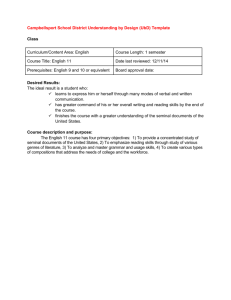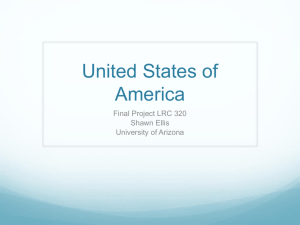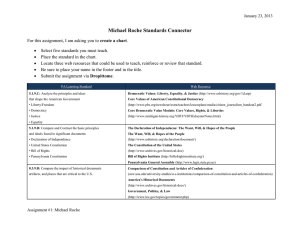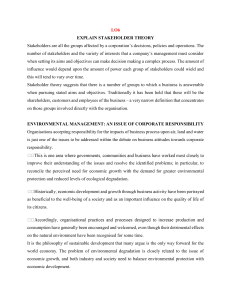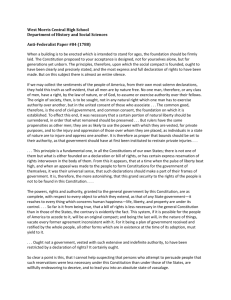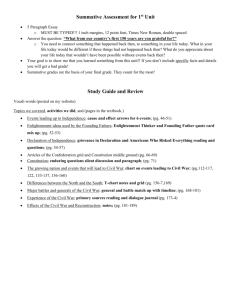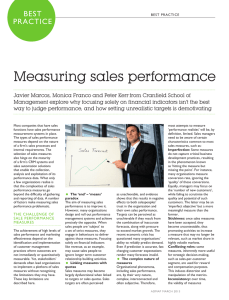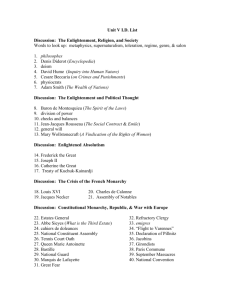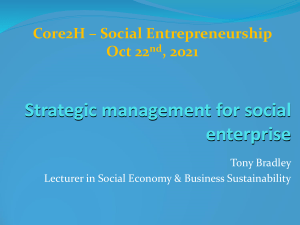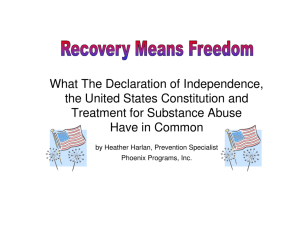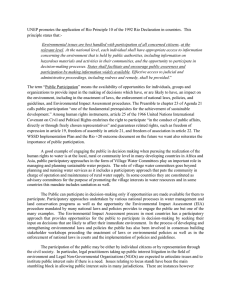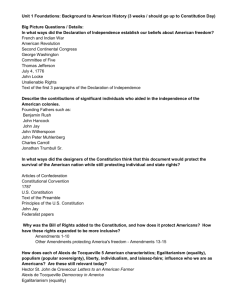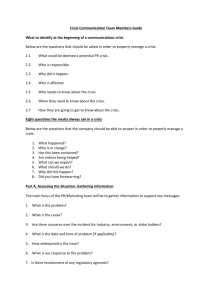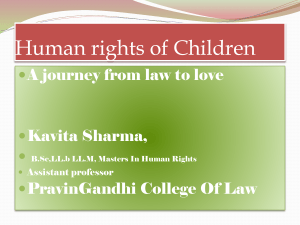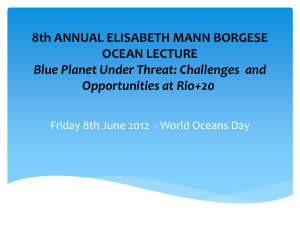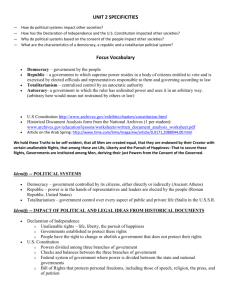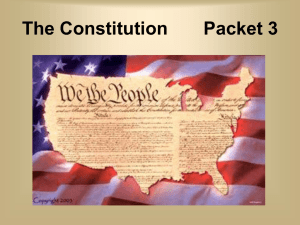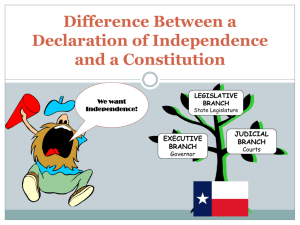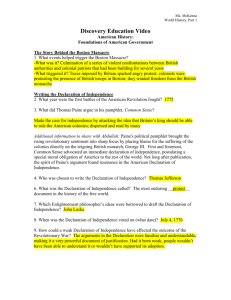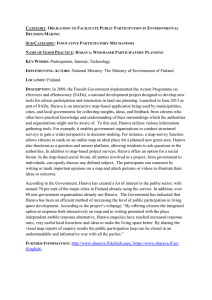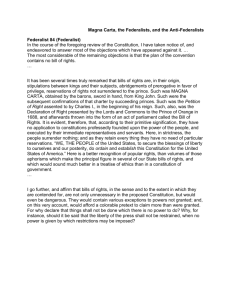SP Module 1 Intro
advertisement
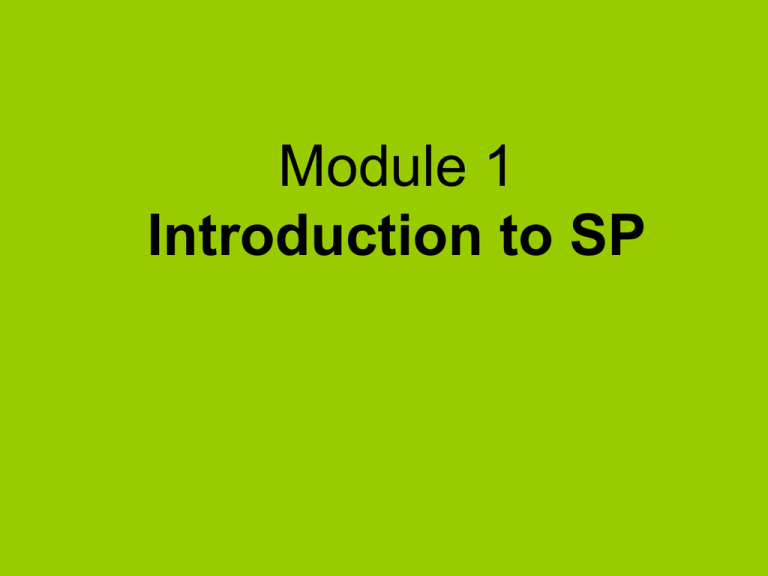
Module 1 Introduction to SP What’s in Module 1 Who are the stakeholders? Levels of engagement Participation as human and legal rights Benefits of participation The process Who are the stakeholders? Just what does it mean to be included? Who has had experience of participating? Who has conducted something like a SP campaign? What were your experiences? Did any aspect frustrate you? Who are stakeholders? Are they different from the general public? One possible answer… “a stakeholder is anybody with an interest or stake in a certain decision or action” Let’s try to formulate our own definition Levels of engagement What does participating mean? Are there different kinds of stakeholder participation? Some ideas… • voting • petitioning • demonstrating • • • • • surveys workshops interviews posters ??? Again, time to write down a few ideas… The engagement spectrum One-way information flow PROTEST INFORM Information exchange CONSULT INVOLVE COLLABORATE EMPOWER INCREASING LEVEL OF ENGAGEMENT Source: DEAT “Public participation is not a single process, but rather a continuum along which there are a variety of possible levels of engagement and interaction … among stakeholders and decision makers.” Further ideas… • It is not necessarily about reaching consensus… • SP may not need to reach everyone, or necessarily engage people in all stages of process • Regardless of degree of participation, merely involving people is not a guarantee of success, we need to consider: – – – – – – Interests Bias (e.g. gender, language, access) Relative voice Facilitation/environment (e.g. “leading the witness”) Enable vs. control (involvement on whose terms?) Decentralised vs. Centralised process What has been your experience thus far?... Participation as human and legal rights Whose responsibility is it to conduct SP? Government? NGO? Project? Why/when should a project/proponent do SP? Rio Declaration’s Principle 10 • each individual shall have appropriate access to information concerning the environment that is held by public authorities, including information on hazardous material and activities in their communities, • and the opportunity to participate in decision-making processes, states shall facilitate and encourage public awareness and participation by making information widely available. • Effective access to judicial and administrative proceedings, including redress and remedy, shall be provided. 1992 Rio Declaration on Environment and Development It could be a legal requirement… • Are there legal requirements in your country? • E.g. during the EIA process? • What about the constitution? A good time to list a few other reasons/ benefits… South Africa’s constitution Section 151(1) (e) - obliges municipalities to encourage the involvement of communities and community organisations in local government Section 152 - the Objects of local government (are) to encourage the involvement of communities and community organisations in the matters of local government Section 195 (e) - in terms of the Basic values and principles governing public administration – people’s needs must be responded to, and the public must be encouraged to participate in policy-making” Benefits of participation But why should stakeholders participate what do they get from it? Some benefits... Empowerment Capacity building Broader knowledge base Enhanced cooperation and sustainability Enhanced accountability in decision-making Conflict avoidance Trust building between stakeholders Increased awareness Increased visibility and appreciation of projects/ initiatives Common ground for developing solutions The process Process overview How would you go about this? Let’s try to define a process outline… In 4 simple steps... 1. Define what you want to achieve, what are the objectives? 2. Who are the stakeholders and what is their interest/ potential role in the process? 3. Plan communication/ participation activities (there may be several rounds) 4. Don’t assume it’s a success, measure and adjust approach
